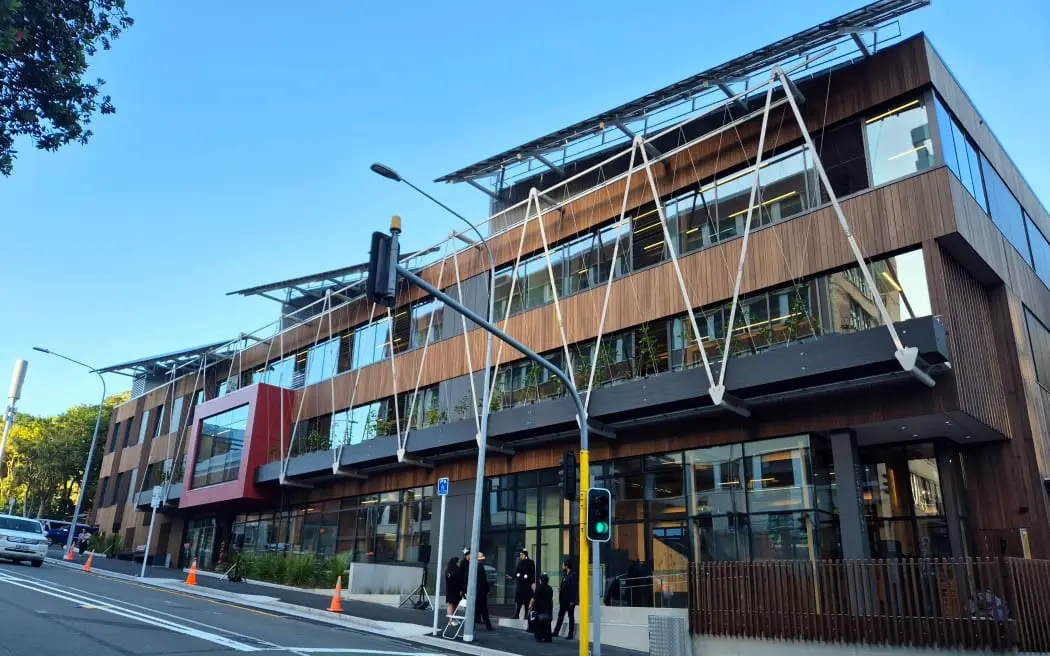# The Living Pā: A Sustainable Haven for Victoria University
The Living Pā, a three-storey building at Victoria University of Wellington, is the second most sustainable building in New Zealand. Completed at a cost of $61 million, it serves as a hub for academic and cultural activities, including the whare whakairo of Te Tumu Herenga Waka.
## Design and Construction
The Living Pā was designed to incorporate environmentally friendly features, with over 90% of its materials sourced from sustainable sources. The building’s design prioritizes natural ventilation, insulation, and energy efficiency. This was achieved through the use of double-glazed windows, high-performance glazing, and a roof made from locally-sourced timber.
“We had to be mindful of our carbon footprint from the start,” said Rawinia Higgins, Deputy Vice-Chancellor (Māori) at Victoria University. “We wanted to create a building that not only serves its purpose but also sets an example for sustainability in construction.”
## Māori Culture and Heritage
The Living Pā was built on the site of the university’s original marae, which dates back to 1983. The name Ngā Mokopuna, meaning “the children,” was unveiled during a karakia ceremony at 4:30am.
“Our mokopuna will come [to the Living Pā site], we have our own whakapapa here for the fact that their koro built it,” said Tūhoe Rawinia Higgins. “This building is not just a structure, but a connection to our people and our heritage.”
## Emotional Conclusion
The Living Pā’s completion marked the end of a long journey for the team involved in its construction.
“It’s pretty emotional, pretty awesome just to see the final product and come to the end,” said Rawinia Higgins. “This is the second most sustainable building in New Zealand so it’s pretty impressive.”
Victoria University Deputy Vice-Chancellor (Māori), Rawinia Higgins, reflects on the significance of the Living Pā.
“Mō te apōpō for a better tomorrow, for a better future and nothing says that more than Ngā Mokopuna.”

0 Comments